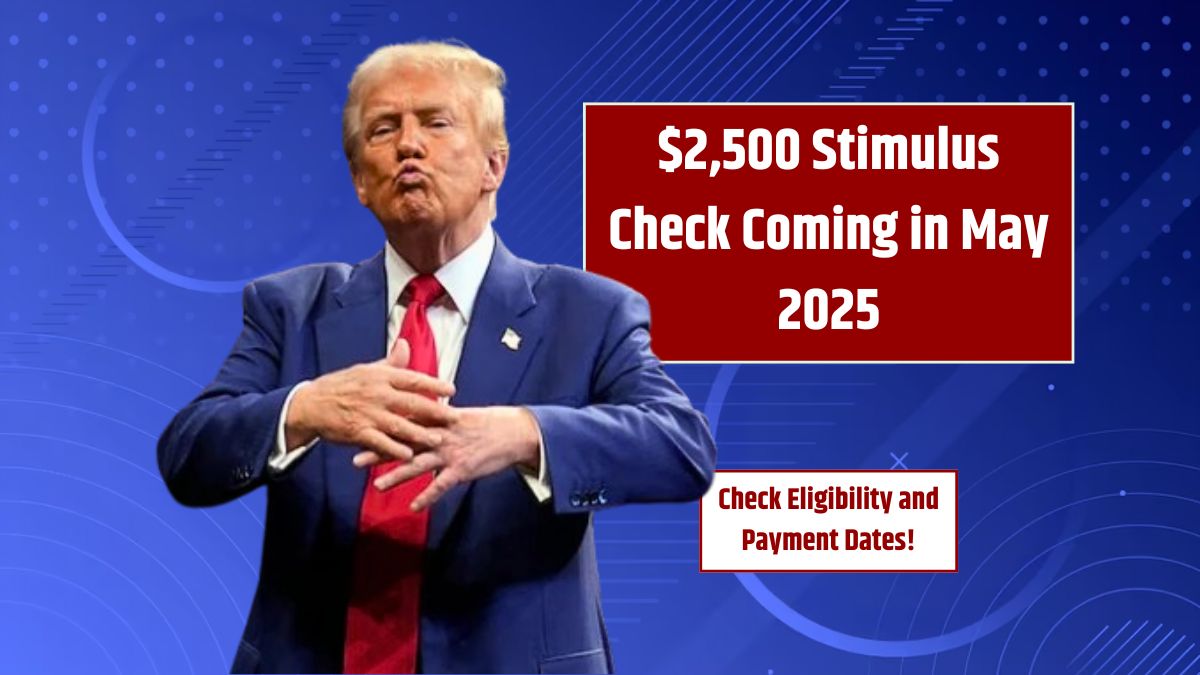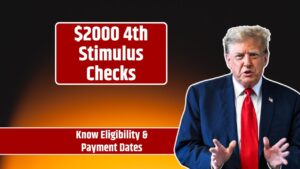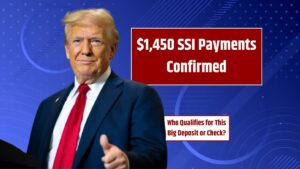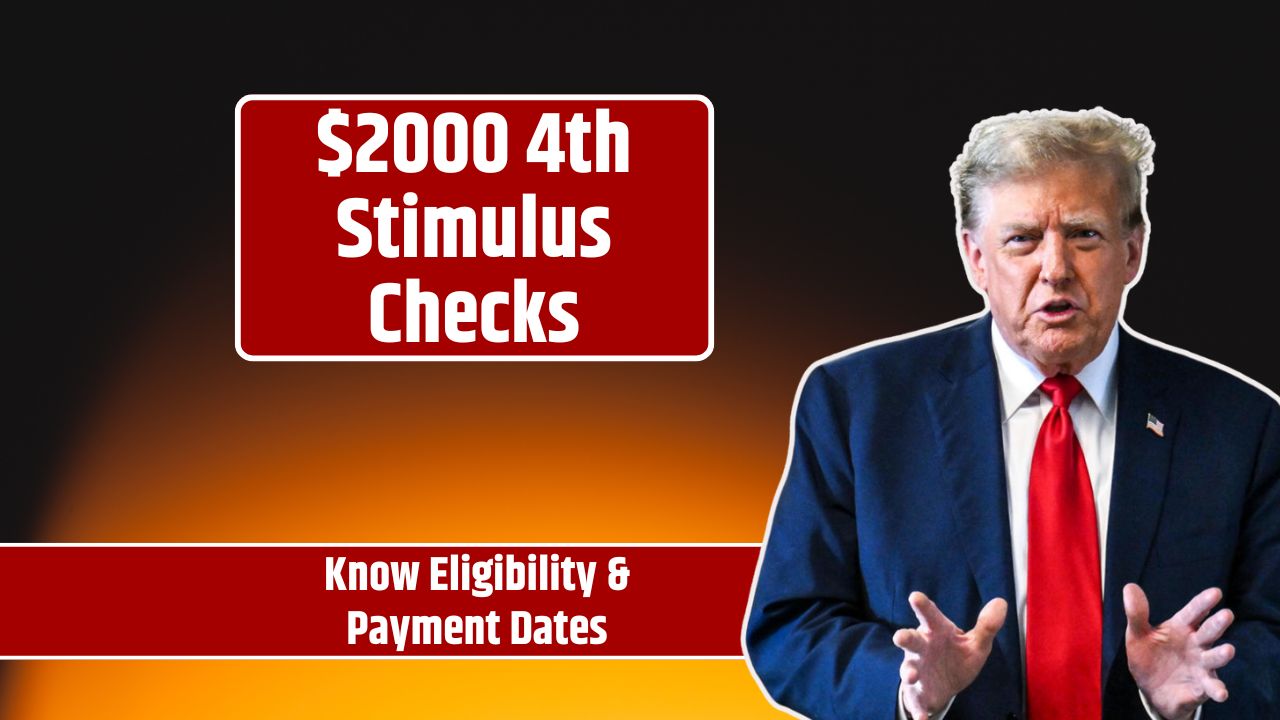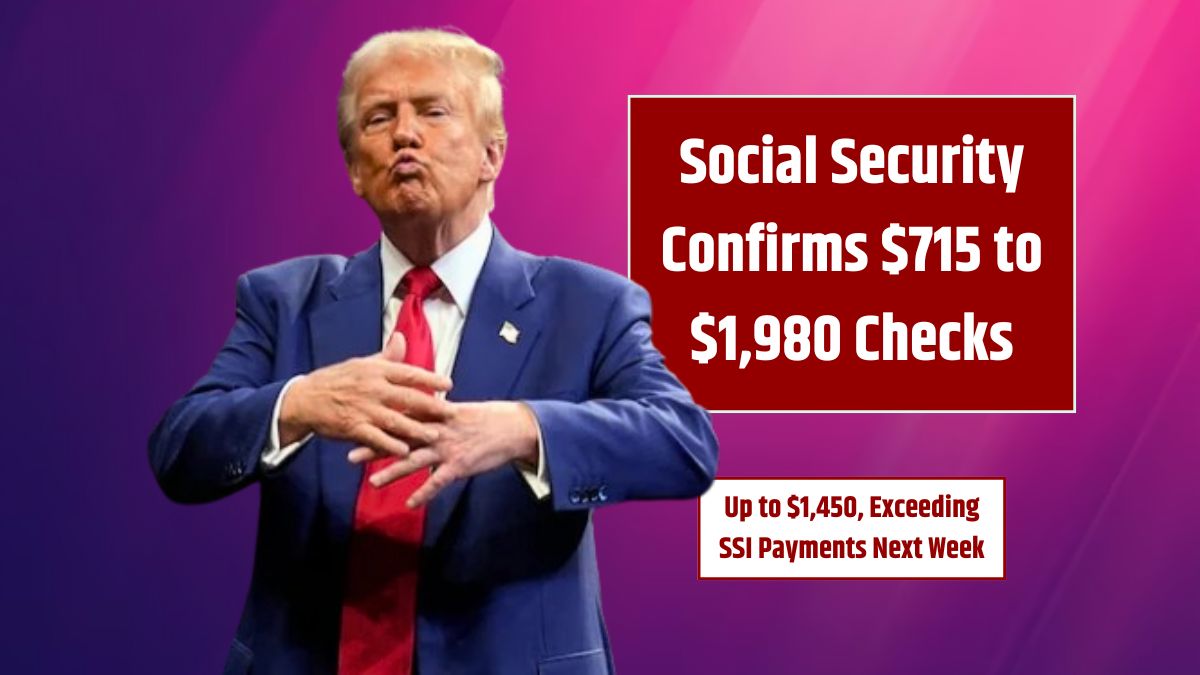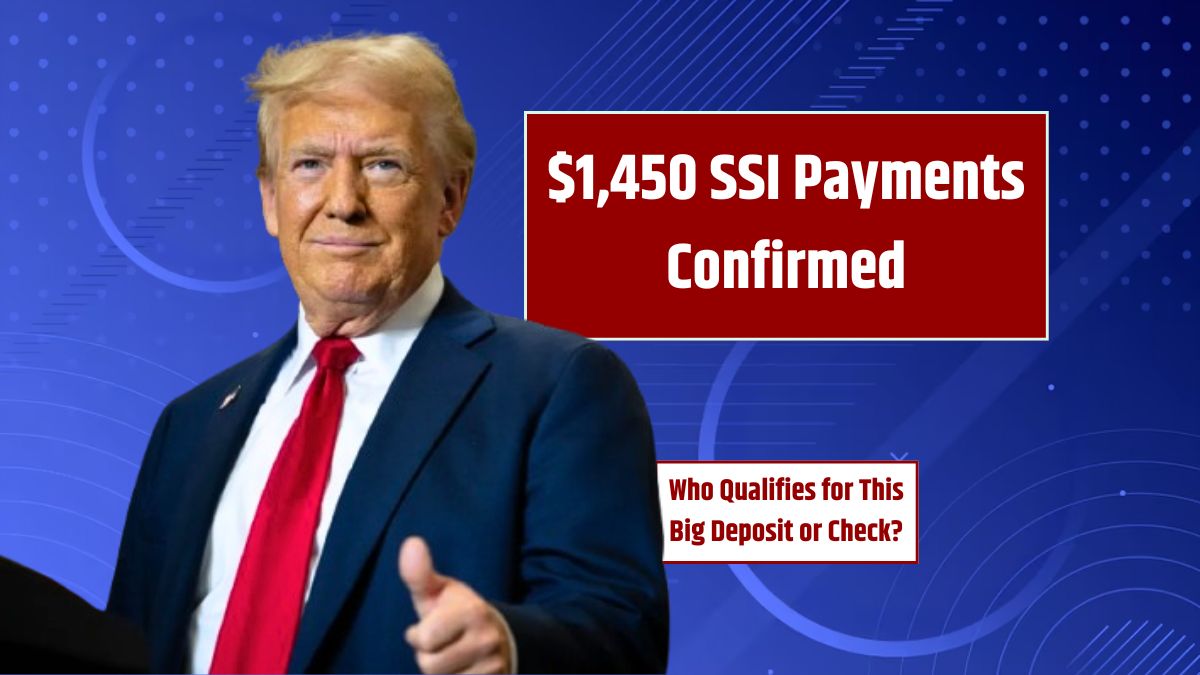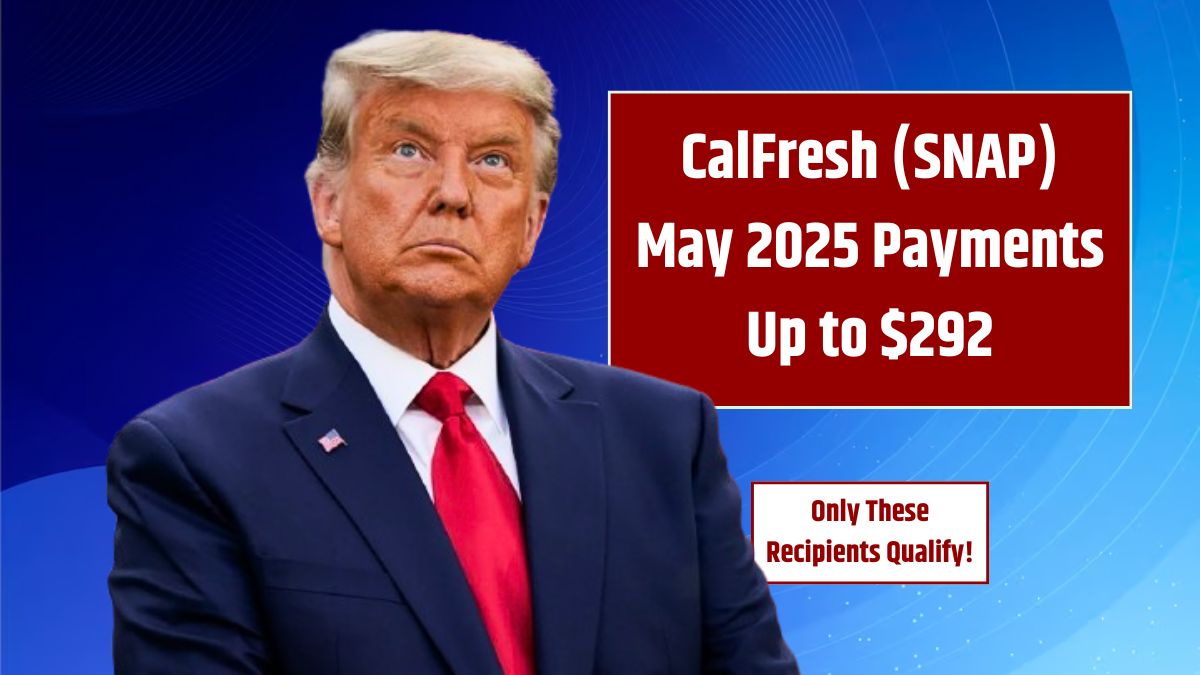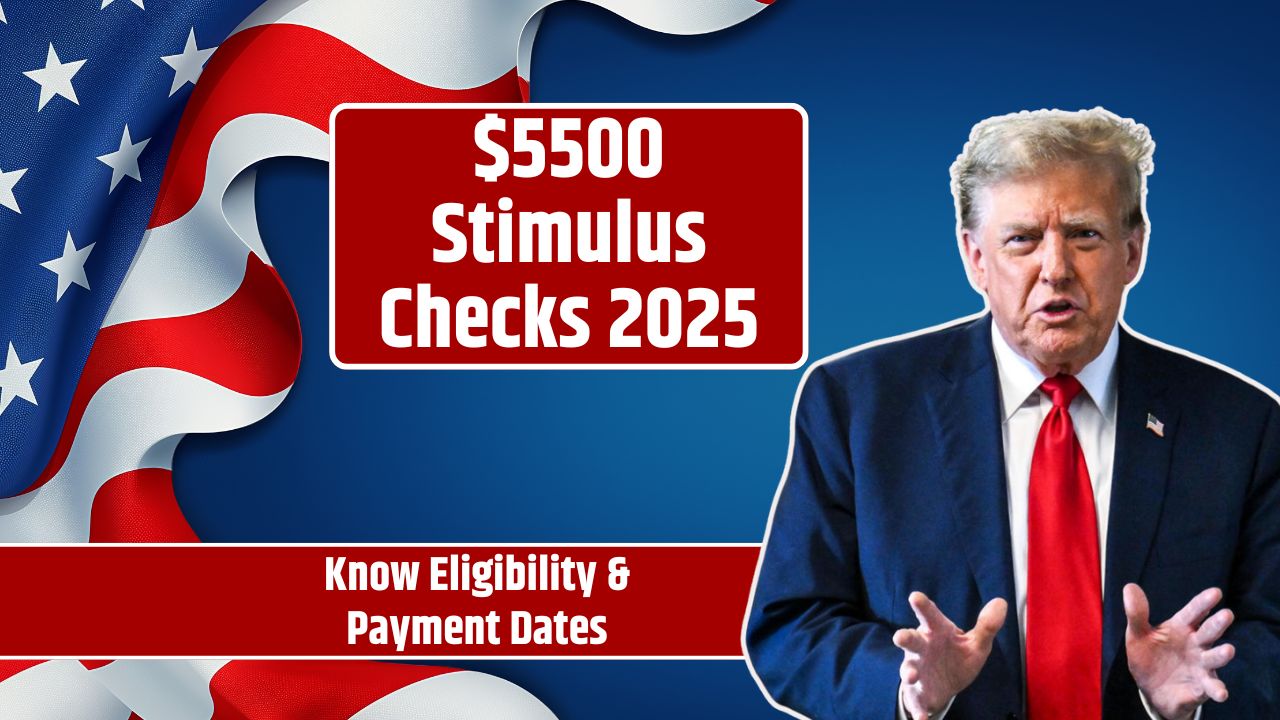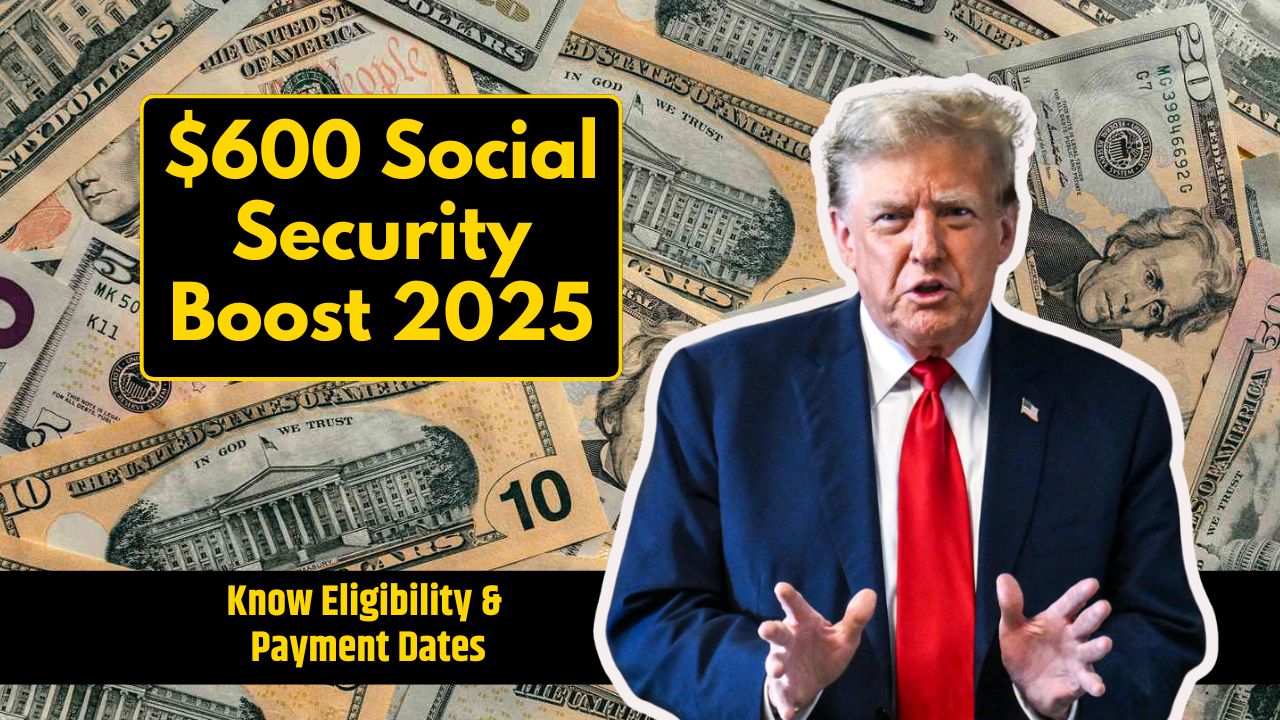With inflation and rising living costs continuing to impact American households, speculation about a possible $2,500 stimulus check in May 2025 has captured public attention. But is this payment real? Who might qualify? And how can you make sure you’re prepared if it happens? Here’s a full breakdown based on current facts, past stimulus trends, and official sources.
Is the $2,500 Stimulus Check Confirmed?
No, there is no official confirmation of a $2,500 stimulus check from the IRS or federal government as of now. While rumors and speculative articles have been circulating, no law or relief package has been passed to approve this amount.
What Is Actually Happening?
Currently, the IRS is issuing up to $1,400 in stimulus payments to taxpayers who missed their 2021 Recovery Rebate Credit. These are delayed payments, not new relief checks, and are unrelated to the rumored $2,500 stimulus.
Who Might Qualify If It Becomes Official?
If Congress and the President approve a new relief payment, it would likely follow the same eligibility standards as past stimulus programs.
Potential Eligibility Guidelines
| Criteria | Details |
|---|---|
| Income Limits | Full payment for single filers earning up to $75,000 and joint filers up to $150,000 |
| Phase-Out Range | Reduced payment for singles up to $99,000 and couples up to $198,000 |
| Dependents | Additional funds per child or qualifying dependent |
| Federal Benefits | SSI, SSDI, Social Security, and VA recipients likely included if eligible |
| Tax Filing | Must have filed a 2023 or 2024 federal return |
How Would the Money Be Delivered?
If approved, the IRS would likely use the same delivery methods as in prior stimulus rounds.
| Payment Method | Details |
|---|---|
| Direct Deposit | Fastest method, using IRS tax return information |
| Paper Check | Mailed to home address if no bank account on file |
| Debit Card | Used for people without a bank account or updated mailing address |
What’s the Timeline If It Happens?
Should the $2,500 stimulus become law, the process would look something like this:
- Congress passes a relief bill
- The President signs it into law
- IRS prepares payments over 2–3 weeks
- Direct deposits go out first
- Paper checks and debit cards follow in the weeks after
Typically, most recipients would receive payments within one to three months after the law is passed.
How to Be Prepared Now
Even if the $2,500 stimulus hasn’t been approved, it’s wise to take these steps:
- File your most recent tax return so the IRS has your latest income and household info
- Update your direct deposit details through the IRS if you’ve changed bank accounts
- Monitor your mail for checks if you don’t use direct deposit
- Avoid scams — no federal agency will ever charge a fee to send you a stimulus check
Where to Get Legitimate Updates
Avoid relying on social media or unofficial blogs. Instead, use these trusted resources:
- IRS.gov
- IRS email alerts
- National news outlets with direct access to government sources
FAQs
Is the $2,500 stimulus check approved?
No. It remains a rumor with no supporting legislation or official confirmation.
Who would be eligible?
Likely similar to previous stimulus programs: low-to-middle-income taxpayers, benefit recipients, and families with dependents.
How can I protect myself from scams?
Ignore anyone asking for personal information or money to “release” your stimulus. Always verify through IRS.gov.
